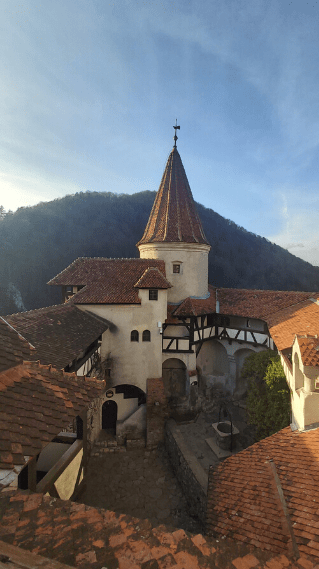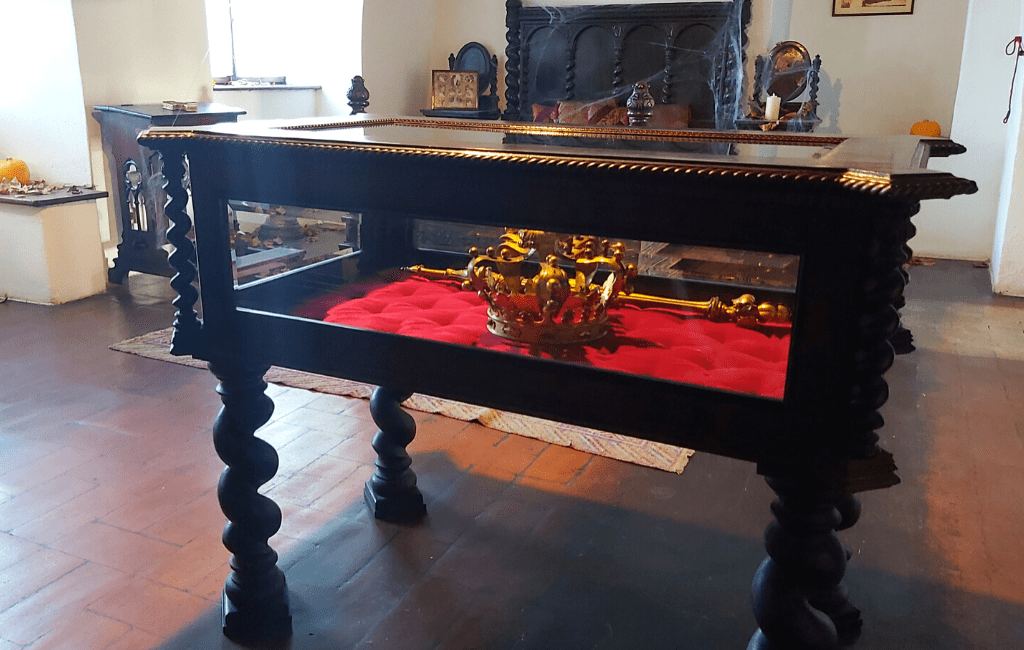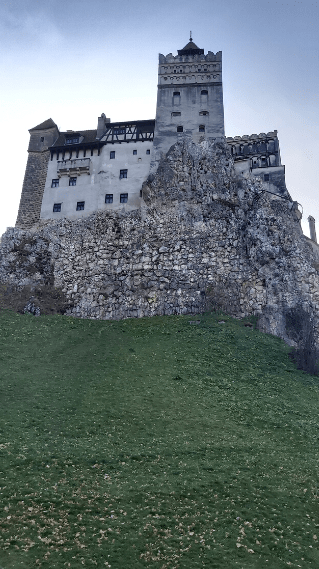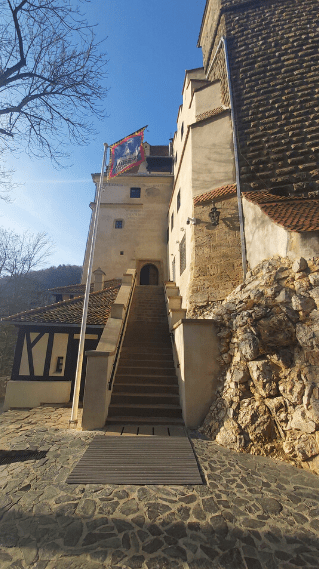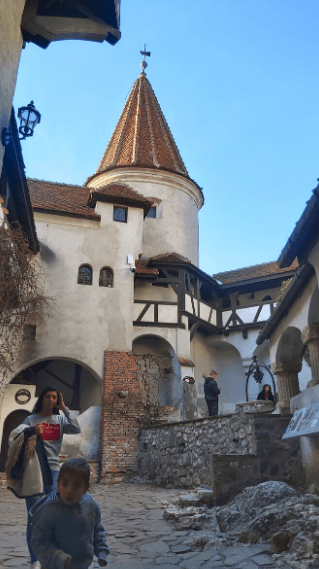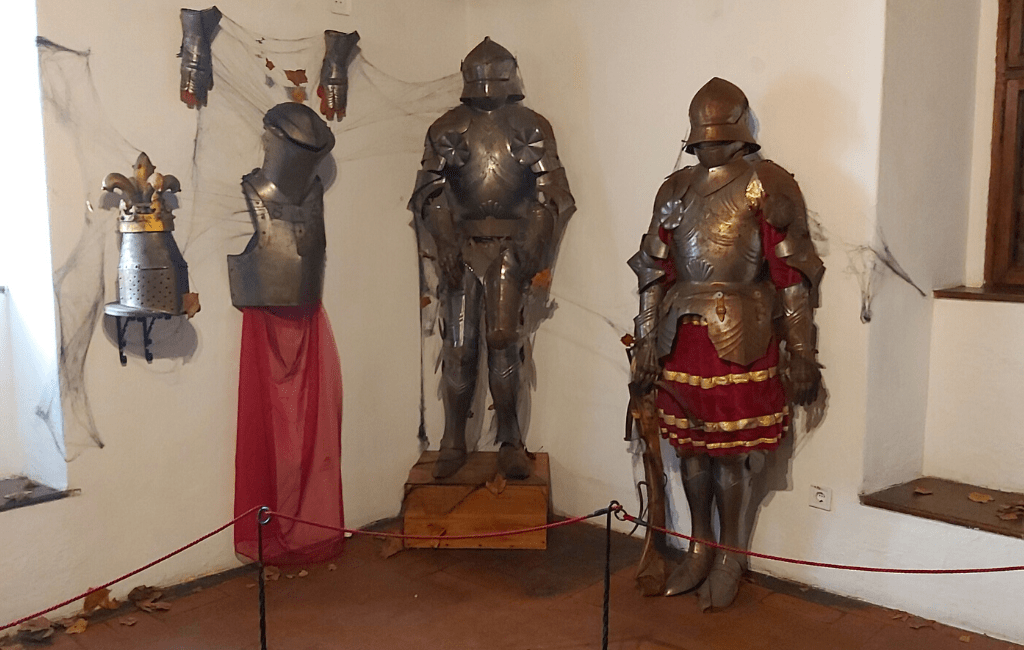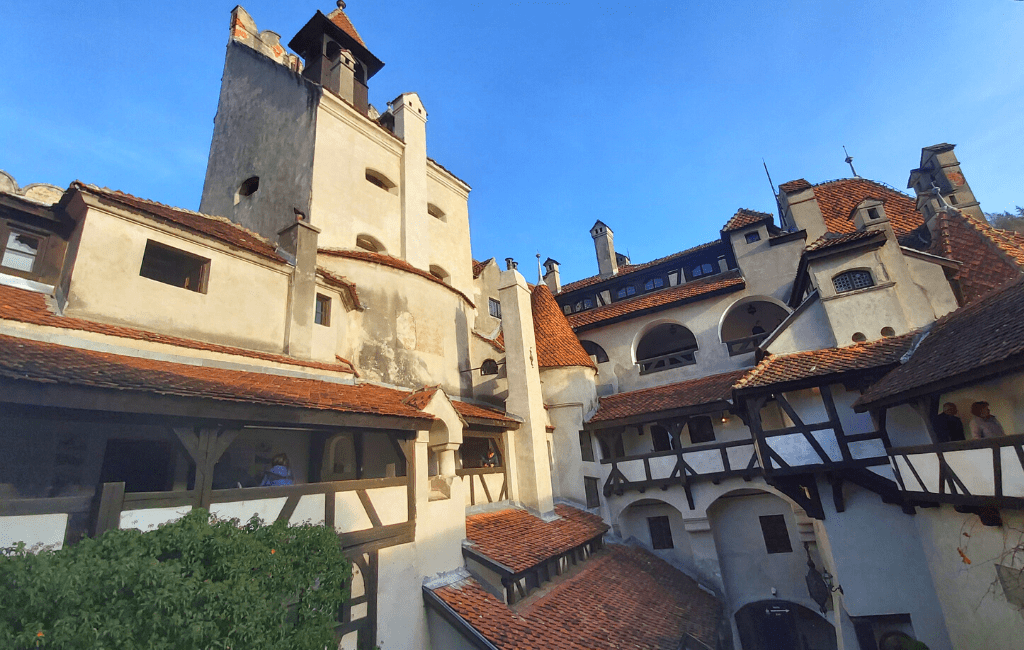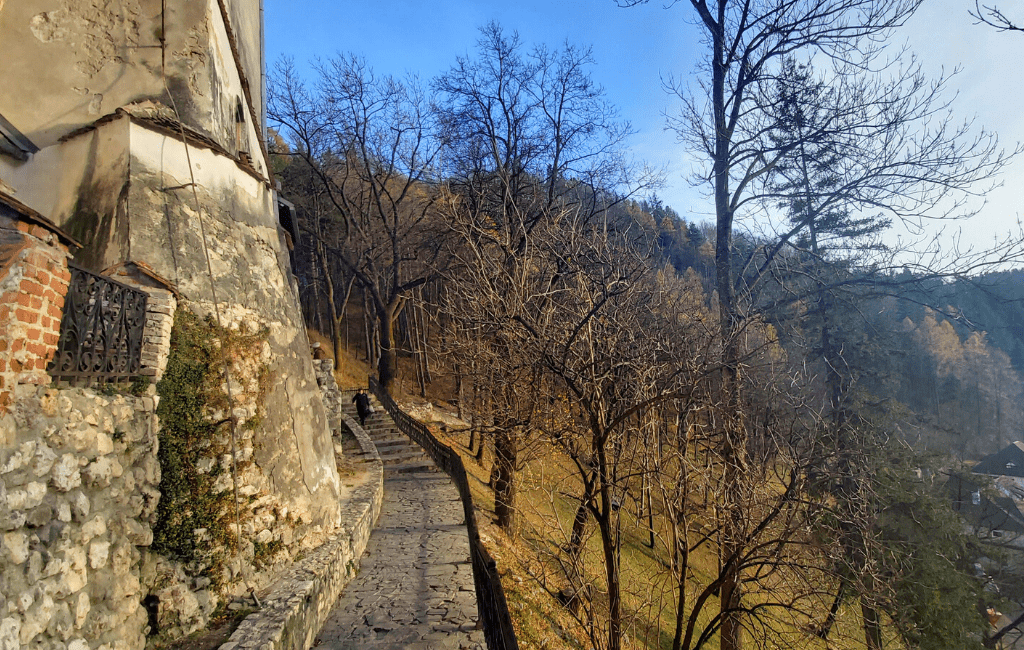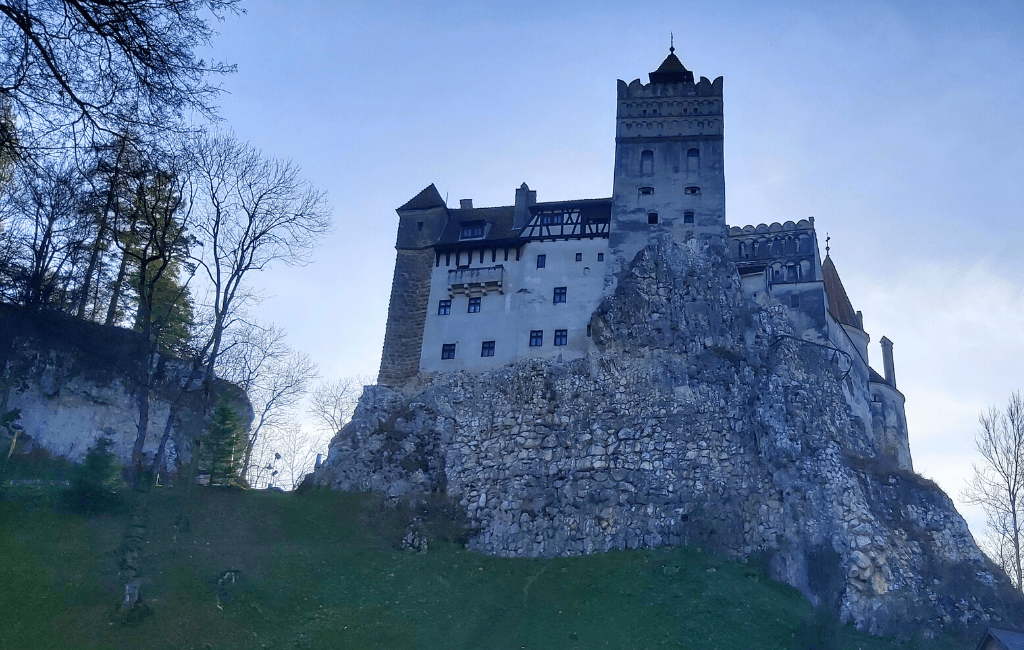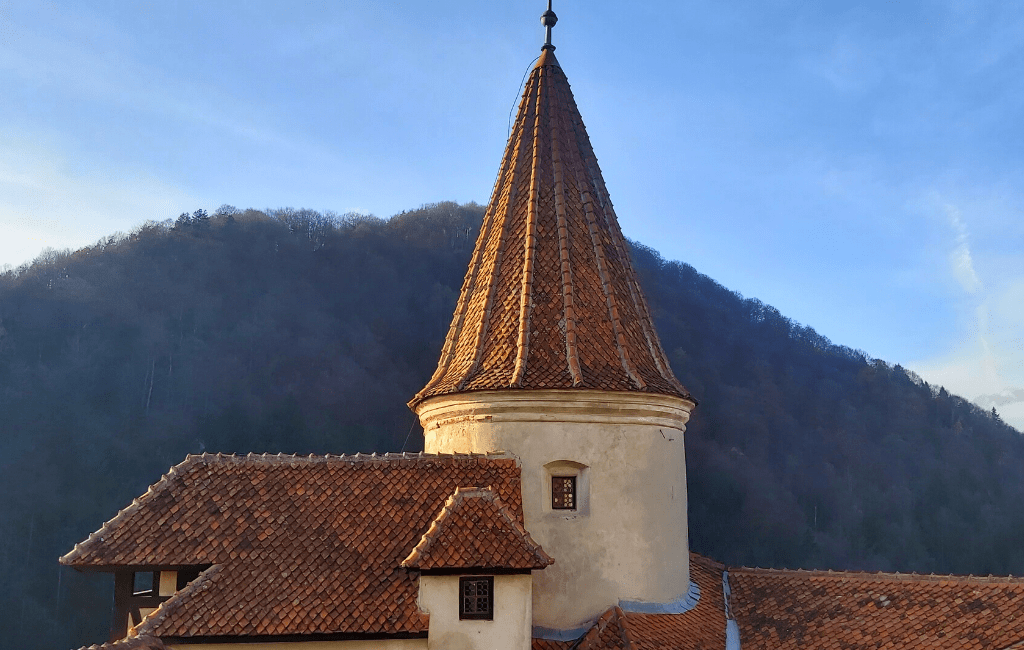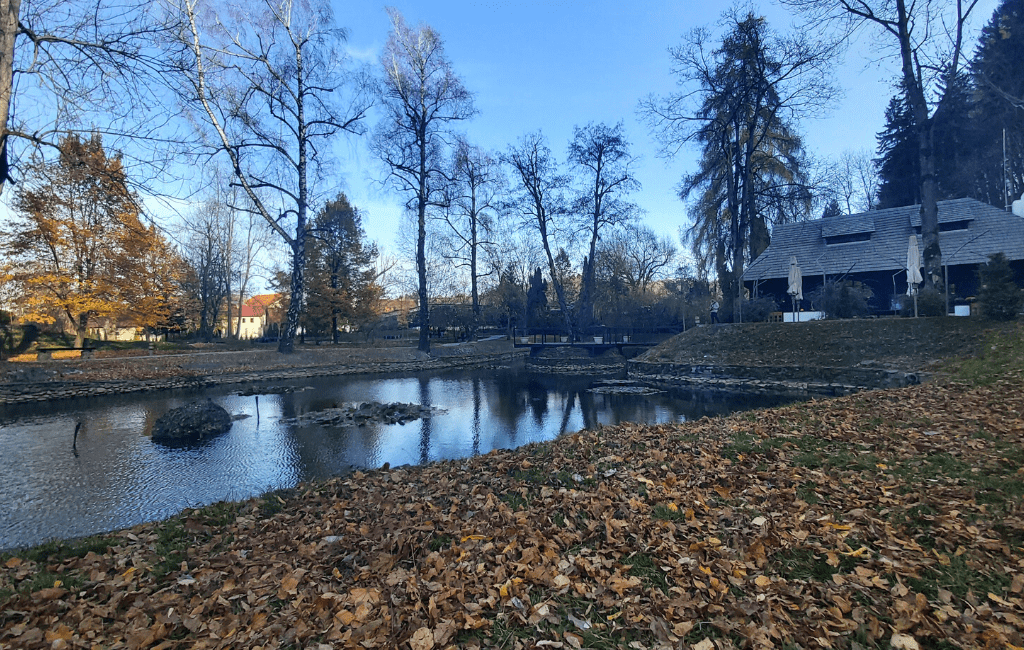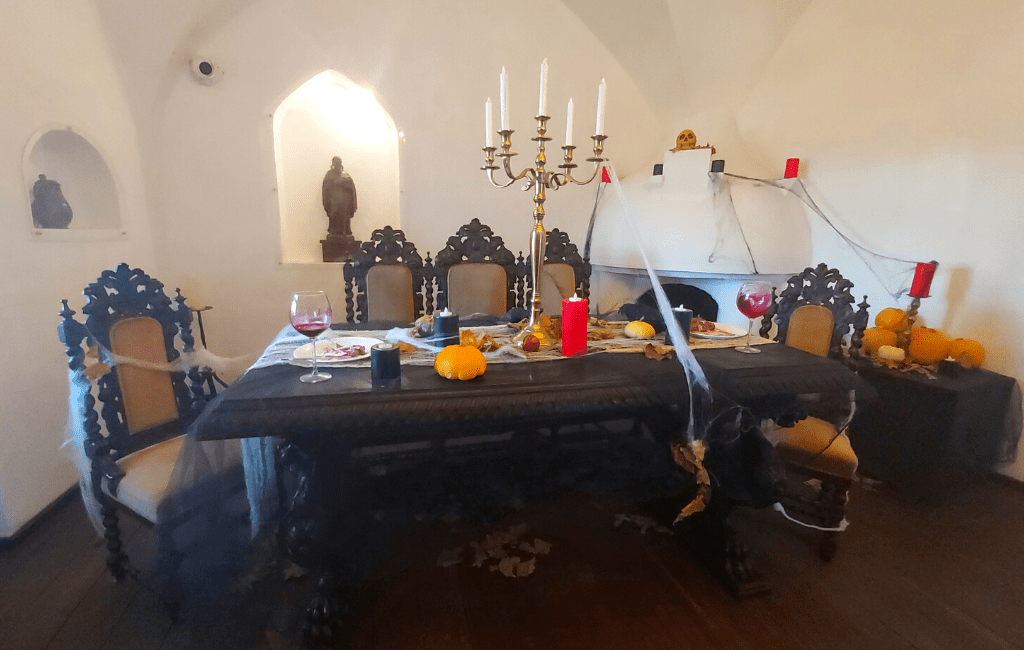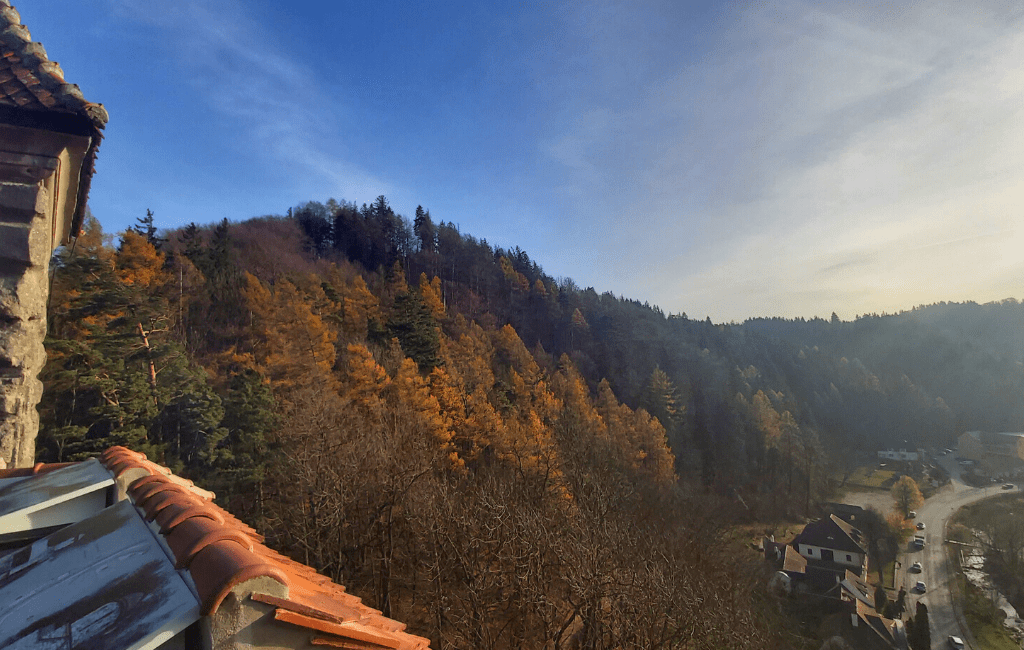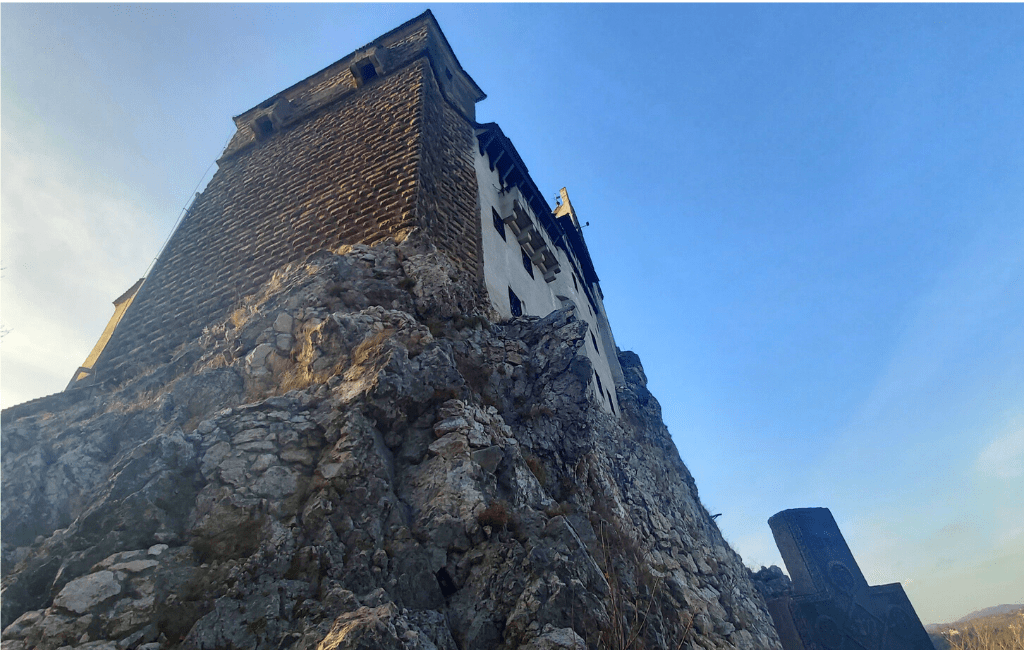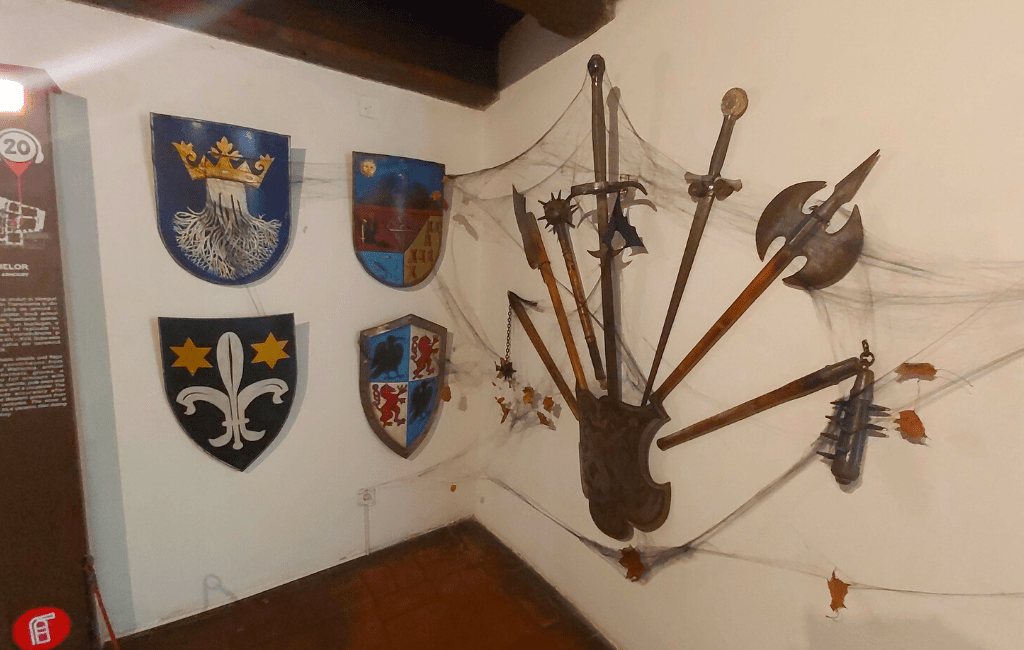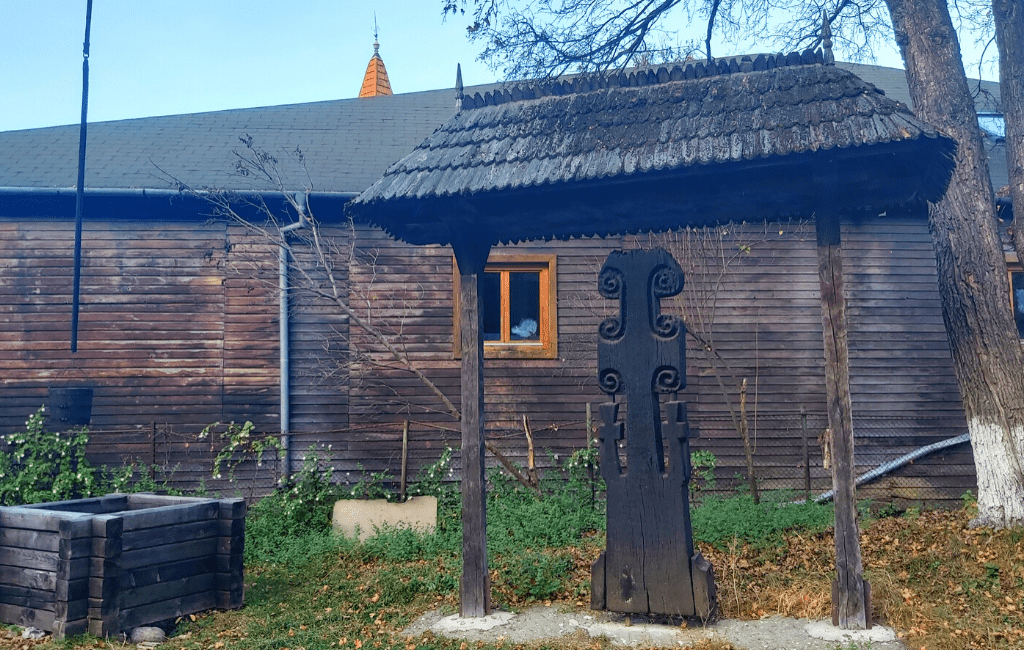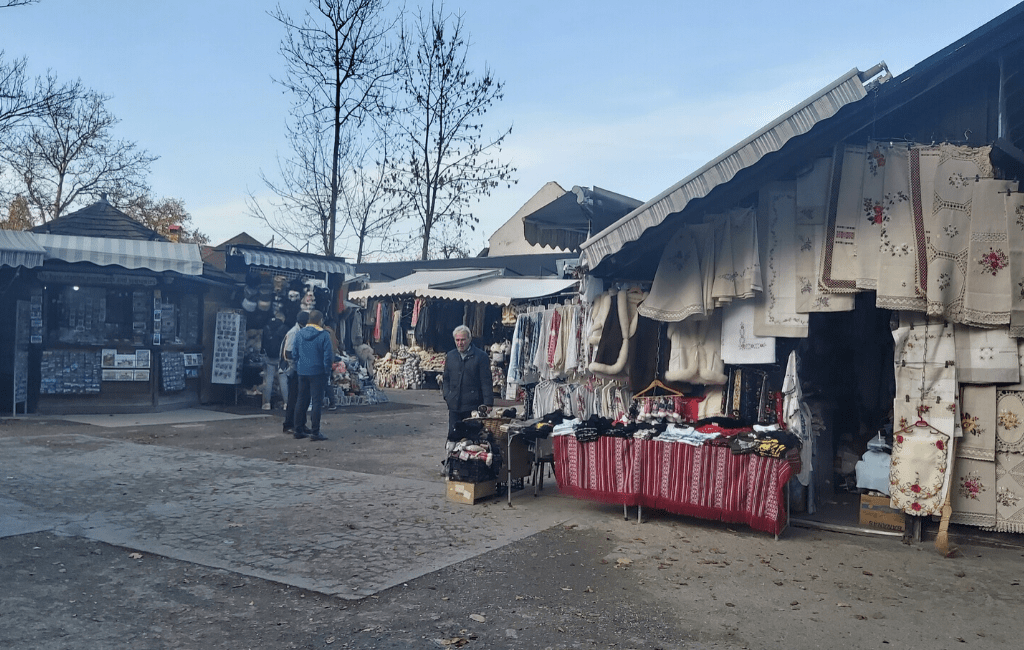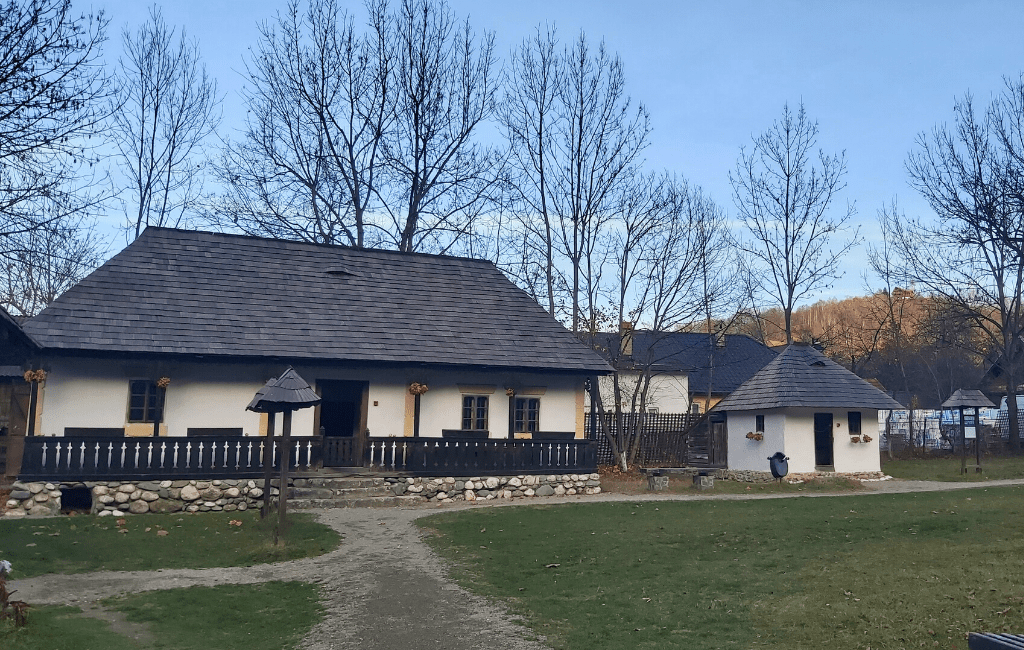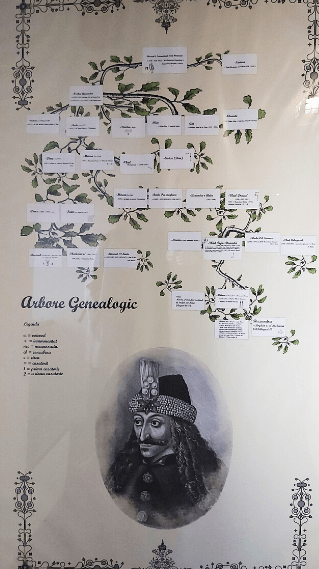The history of Dracula's Castle began in 1377; at that time, it was just a new stone-built fortress in the village of Bran. This place was known at that time because of the Teutonic Order called Dietrichstein. The Teutonic knights remained in this region until 1226. They built this fortified wooden settlement called Bran to defend Transylvania.
The imposing construction, originally built as a fortress at the former border between Wallachia and Transylvania, looks out over a valley from its strategic position. The function of this medieval landmark is evident through its grandiose towers as well as its winding narrow staircases and passages.
The Bran Castle is where you will discover the myth and facts of the fortress also known as Dracula's Castle. Admiring the breathtaking views of the mountains will be available if the weather is kind to the visitors of the castle. Once you get there, you have the exciting opportunity of uncovering the truth and the legends surrounding this legendary castle nestled in the epic Carpathian Mountains.
Learn about Vlad the Impaler — the often-misunderstood leader that inspired Stoker’s fictional Count Dracula. Judge for yourself the line between fact and fiction, find out the truth behind all the myths.
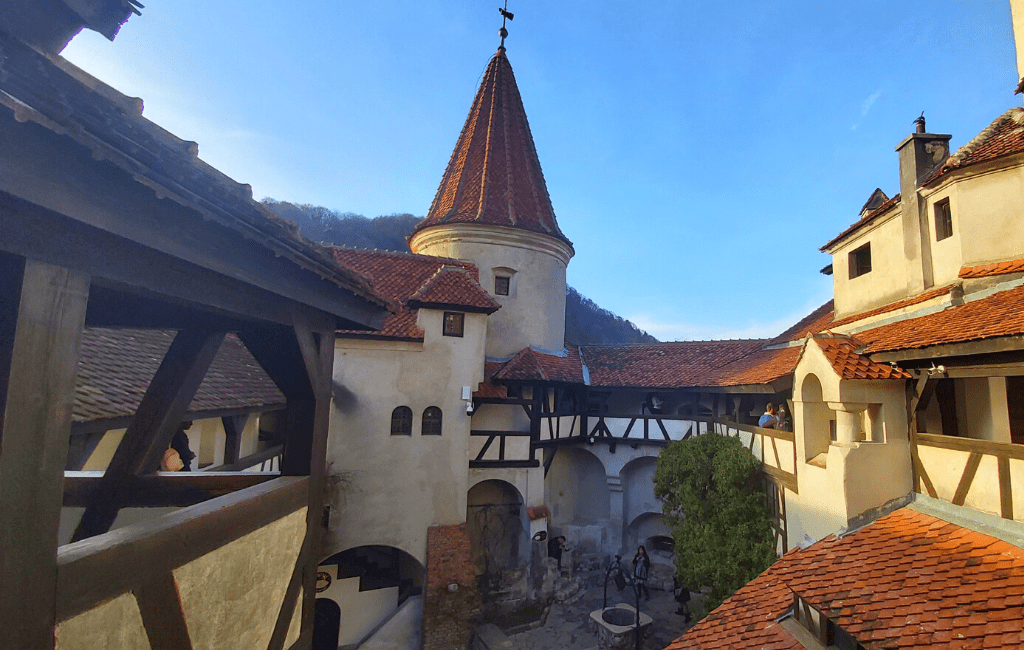
Bran Castle was one of the most beloved residences of Queen Marie, who struggled to transform the imposing fortress into a modern and comfortable summer home.
Built originally in the 1300's to guard the narrow pass across the border (and collect the tolls), it was given to Queen Marie of Romania (one of Queen Victoria of England's granddaughters) by the population of Brasov in 1920.
‘And the unbelievable truly happened: two years after the war, the authorities of Braşov came to me in a solemn mission and offered Bran Castle to me, as an absolute gift, to be entirely mine.’ (Queen Marie of Romania)
The Queen's favorite area was the decoration of the interiors, the salons from Pelișor and Cotroceni bearing the imprint of the style imposed by the sovereign. Although Bran had a rigid architecture, which did not allow major transformations, Queen Maria managed to change the austere air of the Bran Castle.
The wife of King Ferdinand I, who reigned from 1914 to 1927, wanted her heart to be laid to rest in a specially built chapel in Balcic, a town on the Black Sea which at the time belonged to Romania. The royal family had a castle in Balcic which was the Queen’s favorite summer residence. But that region was returned to Bulgaria in 1940 and the royal family was forced to move the heart to a temporary location in Bran castle in Romania’s Carpathian mountains.
The chapel at Bran, however, “was desecrated during the communist regime” and the heart was moved again to the National History Museum, the family said. They then requested it be taken to a place with some royal connection, and Pelisor “is the place where her heartbeat for the last time”.
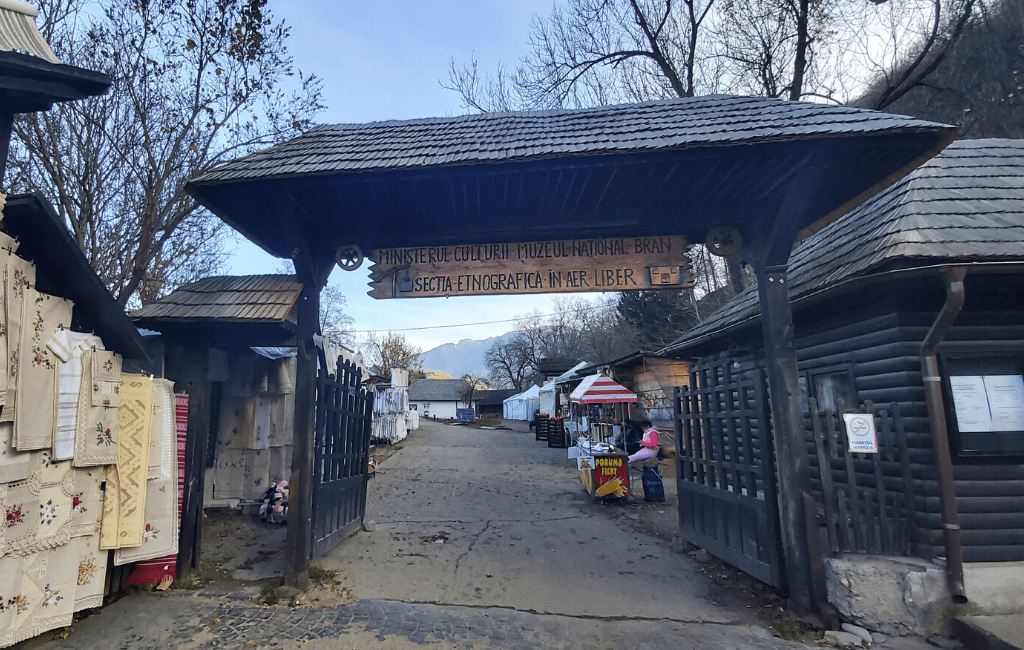
The Bran Village Museum was established in 1962, in the park next to Bran Castle and is subordinated to the Medieval Customs Museum. The Bran Village Museum, located right next to the entrance to the castle offers an insightful exhibition for anybody interested in local culture and folklore. For a minimal sum of 1.5 euros, you can enter the open-air expo and admire 16 traditional houses that were brought in from various villages surrounding Bran and Brasov. Inside these houses, furniture pieces can be admired as well as functional objects, elements of decor, and national vestments that highlight the different stages of the evolution of society.
The Bran Village Museum is located in the park within the vicinity of Bran Castle, on General Traian Moșoiu Street no. 28, commune Bran.

